Under the ocean surface is nearly 750 000 miles of submarine cables. This kind of network is an essential part of global information flow. For example, 99% of international data (voice, data, and video) get shared via submarine networks.
Cables that are of fibre optic materials allow transferrin
g large amounts of data in a short time. For example, the streaming video looks like simple action. But when you start it, it is converted to light that travels through optical cables. Then, before it shows up to you, it again converts to video format. From a user's point of view, it takes only a second, but behind the screen is a complex action.
Submarine cables have a capacity of terabits per second. That is a better choice than satellites, which have a thousand megabits per second with high latency. Fast web load and web browser are likely to be transferred through submarine cables. All streaming services for watching series or for gaming get transferred through under-the-ocean cables. When you stream your favourite TV show or network gaming, remember that it goes a long way to your screen. Some of them are bandwidth demanding, especially ones with more graphics elements in them. Try to open one of such video slots here and see how fast it will load for you. Telecom carriers were the ones who placed and owned submarine cables. Now Google, Amazon, Microsoft, and Facebook invest in underwater cable infrastructure. Investing in submarine cable technology provides them with enough internet bandwidth to provide their services without problems. User experience on cloud or streaming media like video slots is guaranteed to work flawlessly via submarine cables.
Longest Cable Infrastructure: Sea-Me-We 3
This structure is the most extended submarine cable. France and China telecom made it together. This cable network is 24 000 miles (39 000 kilometres) long, and it goes through 39 countries. Since 2000 when it got finished, it has received some updates at least five times. The last update was in 2015, when data capacity got increased with 100G technology.
Google and Facebook in the Race for New Most Extended Submarine Infrastructure
This year Google announced that they would build a new longest undersea cable. New modern technology cables will enhance connectivity in South America. From Las Toninas in US to the Brazil, Urugvay and to Argnetina. Google is an investor on 16 submarine cable networks that include Grace Hopper, Dunant, and Equaino. Maria Firmina dos Reis invents Firmina cable. It is the most extended cable in the world ever made. This Firmina cable is unique because it has a single power source at one end of the line as security if one of the other power sources becomes unavailable. In this cable is 12 fibre pairs that will assure users with quick and secure connectivity. In addition, users will have a fast approach with low latency while using Google services - Search, Gmail, Youtube, and Cloud services.
Facebook also has exciting news, and they plan to increase transpacific internet capacity through cables by 70%. New cable networks are to connect North America with Singapore and Indonesia. This connection would be the first cable network going through the Java Sea that Facebook is building with Echo and Bifrost.

Comments